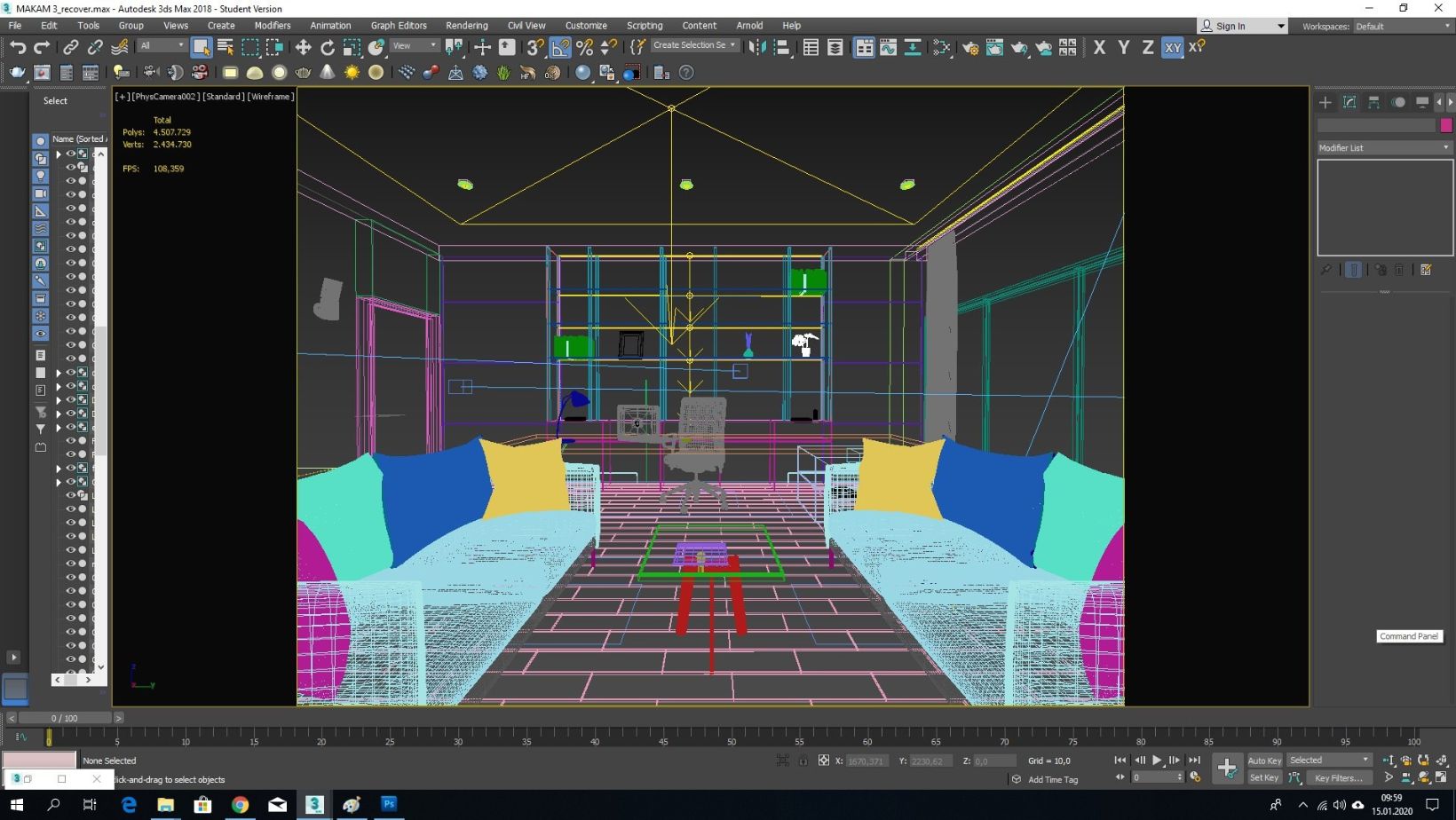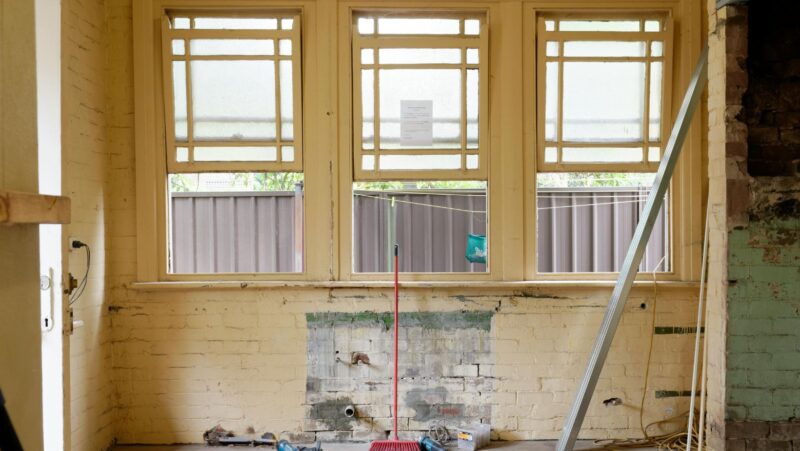Table of Contents
Toggle3d Design Software
As a 3D design software enthusiast, I am always on the lookout for the latest tools that can elevate my creative projects. 3D design software has revolutionized the way designers, architects, engineers, and artists bring their ideas to life in a three-dimensional space. These advanced software programs offer a myriad of features and functionalities that cater to various industries and skill levels.
Whether you’re a beginner exploring the world of 3D design or a seasoned professional looking to streamline your workflow, choosing the right software is crucial. From sculpting intricate details to rendering realistic animations, 3D design software empowers users to unleash their creativity and transform concepts into tangible visuals. With an ever-expanding market offering different options, finding the perfect software that aligns with your specific needs can be both exciting and overwhelming.
In this article, I’ll delve into the realm of 3D design software, exploring key features, popular tools, industry trends, and essential tips for maximizing your design potential. Join me as we navigate through this dynamic landscape of digital innovation and discover how 3D design software is shaping the future of visual storytelling across various disciplines.

Benefits of Using 3D Design Software
When diving into the realm of 3D design software, one can’t help but marvel at the multitude of benefits it brings to the table. Let’s explore some key advantages that make this technology a game-changer in various industries:
- Enhanced Visualization: With 3D design software, ideas leap off the page into vibrant, realistic representations. This visual clarity helps stakeholders grasp concepts more easily.
- Streamlined Prototyping: The ability to create precise 3D models accelerates prototyping processes. It allows for quick iterations and modifications, saving time and resources.
- Cost Efficiency: By reducing the need for physical prototypes and facilitating virtual testing, 3D design software cuts down on production costs significantly.
Incorporating 3D design software into workflows empowers creators to unleash their creativity and innovate with greater efficiency. Whether designing products, architectural structures, or animations, this technology opens doors to limitless possibilities.
From conceptualization to final product delivery, embracing 3D design software can revolutionize how projects are approached and executed in today’s fast-paced digital landscape. Its impact spans across industries, driving advancements in design precision and overall project success.

Popular 3D Design Software Programs
When diving into the world of 3D design, having the right software can make all the difference. Here are some popular 3D design programs that have garnered attention for their features and capabilities:
- Blender: Known for its versatility and being open-source, Blender is a powerful tool used by professionals and hobbyists alike. It offers a wide range of features including modeling, sculpting, animation, rendering, and more.
- AutoCAD: A staple in the industry, AutoCAD is widely used for creating precise 2D and 3D designs. Architects, engineers, and designers rely on its robust tools for drafting and documentation.
- SketchUp: Loved for its user-friendly interface, SketchUp is perfect for architectural and interior design projects. It allows users to quickly create models and visualize designs with ease.
- Fusion 360: Ideal for product design and engineering, Fusion 360 combines CAD (Computer-Aided Design), CAM (Computer-Aided Manufacturing), and CAE (Computer-Aided Engineering) in a single platform. This makes it a go-to choice for integrated product development.
- SolidWorks: Widely used in mechanical design, SolidWorks offers parametric modeling capabilities that enable designers to easily modify their designs while maintaining associativity between parts.
Exploring these software options can help you find the right fit for your 3D design needs based on your expertise level and project requirements. Each program brings its own strengths to the table, empowering users to bring their creative visions to life with precision and efficiency.
As I reflect on the intricacies of 3D design software, it’s clear that this technology has revolutionized various industries. From architecture to gaming, the applications are diverse and impactful.





